Collection
Theme
- Armed Conflict
- Trafficking
- Forced labour
- Forced marriage
- Domestic slavery
- Sexual exploitation
- Debt bondage
Country
- Sudan (trafficked from)
- Sudan (slavery location)
- Democratic Republic of Congo (slavery location)
- Democratic Republic of Congo (trafficked from)
- Iraq (trafficked from) 20 More
Date
- 2015 (Narrative date)
- 2014 (Narrative date)
- 2017 (Narrative date)
- 2013 (Narrative date)
- 1999 (Narrative date) 20 More
Type
106 results
VOICES: Narratives by Survivors of Modern Slavery
This is the world's largest archive of modern slavery survivor narratives. Across more than a million words spoken or written by survivors of modern slavery, we can see why slavery persists in particular hotspots, analyse patterns in trafficking routes, identify vulnerabilities, understand more about the challenges survivors face in liberation, and discover new antislavery solutions. These narratives offer the chance to systematically design new antislavery strategies based on the experiences, ideas and solutions of enslaved people themselves.
The database is searchable by country, name, theme, and narrative date. Narratives can be viewed in list or map form. A short introduction provides context to each narrative. Narrative provenance appears after the main narrative text.
For ideas on how to use this database, please see our accompanying guide.
Project Lead: Zoe Trodd. Team Members: Andrea Nicholson, Lauren Eglen, Rosemary Pearce, Olivia Wright.
Project Funders: AHRC Antislavery Usable Past grant (2014-19), ESRC/AHRC PaCCS Modern Slavery: Meaning and Measurement grant (2016-19), and AHRC-GCRF Antislavery Knowledge Network grant (2017-2021).
For any queries about the collection please contact: [email protected]. If you wish to cite a particular narrative, please acknowledge the survivor’s name, the provenance of the narrative and cite: Voices Database, the Rights Lab, University of Nottingham.
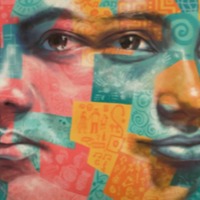
Anyang
Thousands of women and children were taken into slavery during the decades of Sudan’s civil war, mainly from Northern Bahr El Ghazal and the Nuba Mountains. Slave-taking was revived in 1985 by the National Islamic government of Sudan primarily as a weapon against counterinsurgents in the South,…
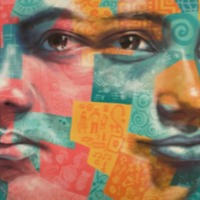
Abuk Alieu Yom
There are an estimated 465,000 people living in modern slavery in Sudan (GSI 2018). Between 1983 and 2005, the central government of Sudan enslaved tens of thousands of black South Sudanese Christian and traditionalist people. It was part of a genocidal war against South Sudan, with a simple aim:…
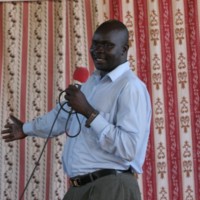
Anywar
Anywar was abducted in 1988 at age 14 to serve as a child soldier in the Lord's Resistance Army (LRA). Led by Joseph Kony, the LRA was fighting to overthrow Uganda’s secular government. The war in northern Uganda lasted from 1986 until 2006, during which time more than 35,000 boys and girls were…
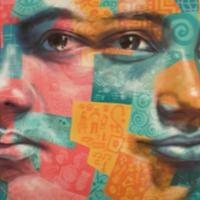
Ariana
ISIS has singled out the Yezidi minority, notably its women and children, for particularly brutal treatment. In August 2014, ISIS fighters abducted hundreds, possibly thousands, of Yezidi men, women and children who were fleeing the IS takeover from the Sinjar region, in the north-west of the…
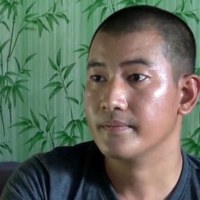
Aung Ko Htway
Within Myanmar, some military personnel, civilian brokers, border guard officials and ethnic armed group continue to recruit or use child solders. In some cases, recruiters use deception, offering incentives or coercing children or their families through false promises about working conditions,…
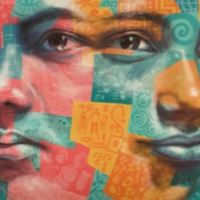
Byaombe
There are an estimated 1,045,000 people living in conditions of modern slavery in the Democratic Republic of Congo (GSI 2018). In 2016 several armed groups continued to abduct and forcibly recruit men, women and children as combatants and in support roles such as guards, cleaners, cooks and spies.…
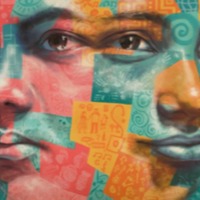
Chibundo
There are an estimated 1,386,000 people living in modern slavery in Nigeria (GSI 2018). Since 2009, Nigeria’s homegrown Islamist insurgent movement, Jama’atu Ahlis Sunna Lidda’awati wal-Jihad, popularly known as Boko Haram, which means “Western Education is Forbidden,” has waged a violent…
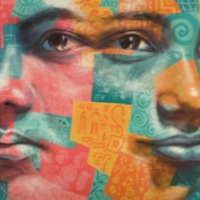
Claudia
There are an estimated 1,045,000 people living in conditions of modern slavery in the Democratic Republic of Congo (GSI 2018). In 2016 several armed groups continued to abduct and forcibly recruit men, women and children as combatants and in support roles such as guards, cleaners, cooks and spies.…
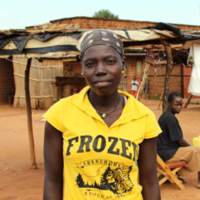
Concy
In war-torn Uganda, the abduction of boys to become child soldiers has been widely reported on. However, the fate of thousands of Ugandan girls, who were abducted and sexually exploited, forced to become sex slaves for rebels and soldiers during Uganda’s civil war, has received less attention.…
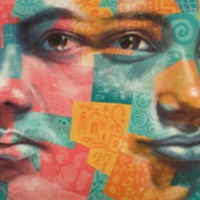
Danso
There are an estimated 1,045,000 people living in conditions of modern slavery in the Democratic Republic of Congo (GSI 2018). In 2016 several armed groups continued to abduct and forcibly recruit men, women and children as combatants and in support roles such as guards, cleaners, cooks and spies.…
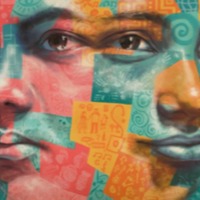
David Ninteretse
In 1993, Burundi’s first democratically elected president was assassinated in a coup d’état. Melchior Ndadaye, of the majority Hutu ethnic group, had sought during his three months in office to ease tensions between Hutu and the minority Tutsi, which had ruled Burundi for decades and continued…
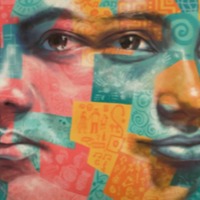
David
The Global Slavery Index estimated that in 2016 modern slavery in Sub-Saharan Africa accounted from approximately 13.6 percent of the world's total enslaves population. The issue of child soldiers remains a problem across the region. South Sudan has been experiencing a civil war since 2013 and it is…
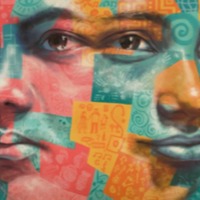
Dawit B
There are an estimated 451,000 people living in modern slavery in Eritrea (GSI 2018). The small country has a unique system of compulsory, open-ended military service for citizens that makes it one of the most oppressive states in the world. The government has enforced its current policy of sending…
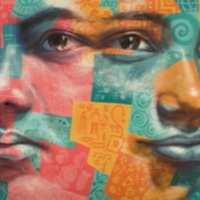
Denise
In the Philippines, where three major insurgent groups have fought the Philippine military since the 1960s, there are an estimated 2000 child soldiers. The Communist-oriented New People’s Army, established in 1968, began an intense recruitment of children in the 1990s. By 2000, some 25 percent of…
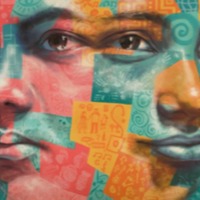
Dia
Dia was forced to join a guerilla group in Columbia for nine months at the age of 15, one of hundreds of thousands of children who participate in armies and armed groups in more than 30 countries around the world. The problem is most critical in Africa, where up to 100,000 children are estimated to…
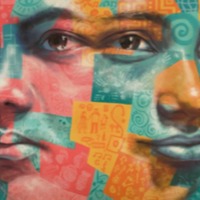
Dieudonne
There are an estimated 1,045,000 people living in conditions of modern slavery in the Democratic Republic of Congo (GSI 2018). In 2016 several armed groups continued to abduct and forcibly recruit men, women and children as combatants and in support roles such as guards, cleaners, cooks and spies.…
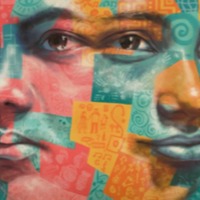
Efe
There are an estimated 1,045,000 people living in conditions of modern slavery in the Democratic Republic of Congo (GSI 2018). In 2016 several armed groups continued to abduct and forcibly recruit men, women and children as combatants and in support roles such as guards, cleaners, cooks and spies.…
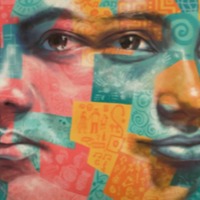
Elias
There are an estimated 451,000 people living in modern slavery in Eritrea (GSI 2018). The small country has a unique system of compulsory, open-ended military service for citizens that makes it one of the most oppressive states in the world. The government has enforced its current policy of sending…
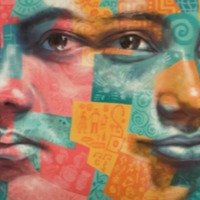
Eunice
There are an estimated 1,045,000 people living in conditions of modern slavery in the Democratic Republic of Congo (GSI 2018). In 2016 several armed groups continued to abduct and forcibly recruit men, women and children as combatants and in support roles such as guards, cleaners, cooks and spies.…
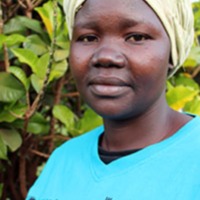
Evelyn Amony
According to the United States Department of State Trafficking in Persons report 2017, some Ugandans abducted by the LRA prior to 2006 remain unaccounted for, and may remain captive with LRA elements in the DRC, Central African Republic, and the disputed area of Kafia Kingi, which is claimed by both…